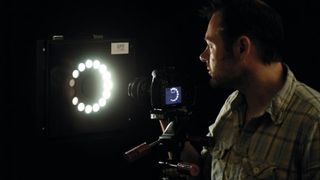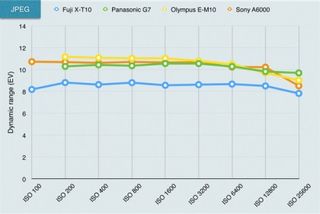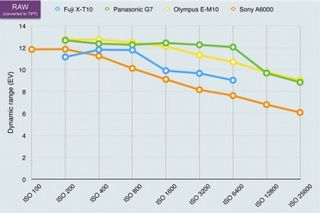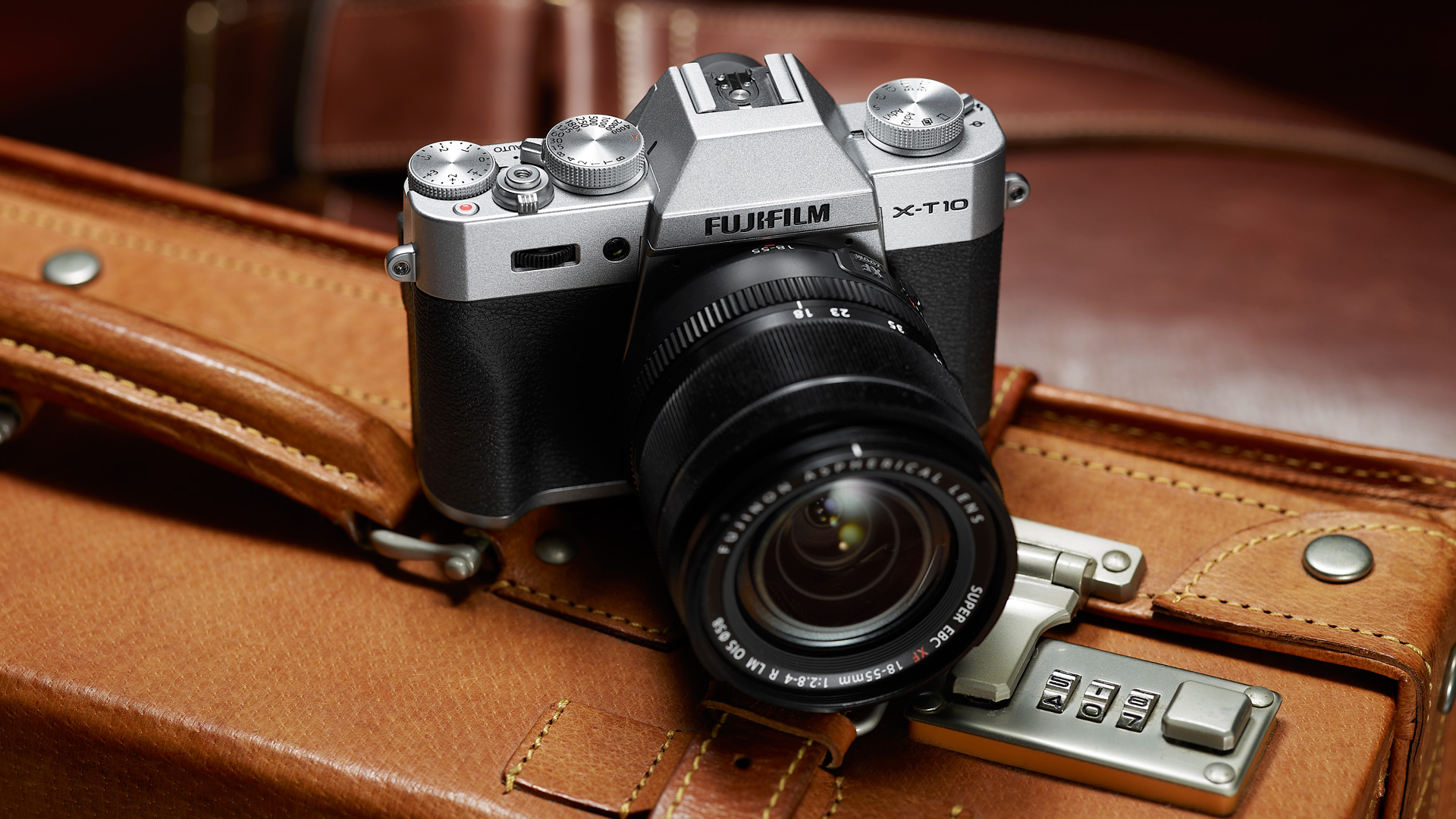Why you can trust TechRadar
Dynamic range is a measure of the range of tones the sensor can capture. Cameras with low dynamic range will often show 'blown' highlights or blocked-in shadows. This test is carried out in controlled conditions using DxO hardware and analysis tools.

Dynamic range is measured in exposure values (EV). The higher the number the wider the range of brightness levels the camera can capture. This falls off with increasing ISO settings because the camera is having to amplify a weaker signal. Raw files capture a higher dynamic range because the image data is unprocessed.
Fuji X-T10 dynamic range charts

JPEG dynamic range analysis: As we have seen before with Fuji X-series cameras, the X-T10 produces files that have a compressed dynamic range. While this makes them look good, with pleasant mid-tone contrast and enhanced detail, they don't score especially well in this test. You also need to keep an eye open for lost highlights in some situations.

Raw (converted to TIFF) dynamic range analysis: The X-T10's raw files have a much wider range of tones than the JPEGs, giving greater scope for adjustment of contrast.
Current page: Lab tests: Dynamic range
Prev Page Lab tests: Resolution Next Page Lab tests: signal to noise ratio
MSI Clutch GM41 Lightweight V2 review: a basic, lightweight gaming mouse that doesn’t quite live up to its potential

The Apple AirPods Pro 2 are down to their lowest price in months

No, iOS 18.3 doesn't install Starlink on your iPhone – here's what the latest update does, and why you should download it
Most Popular



